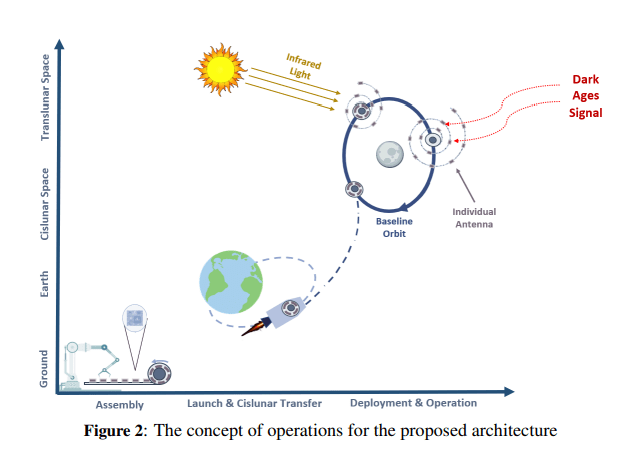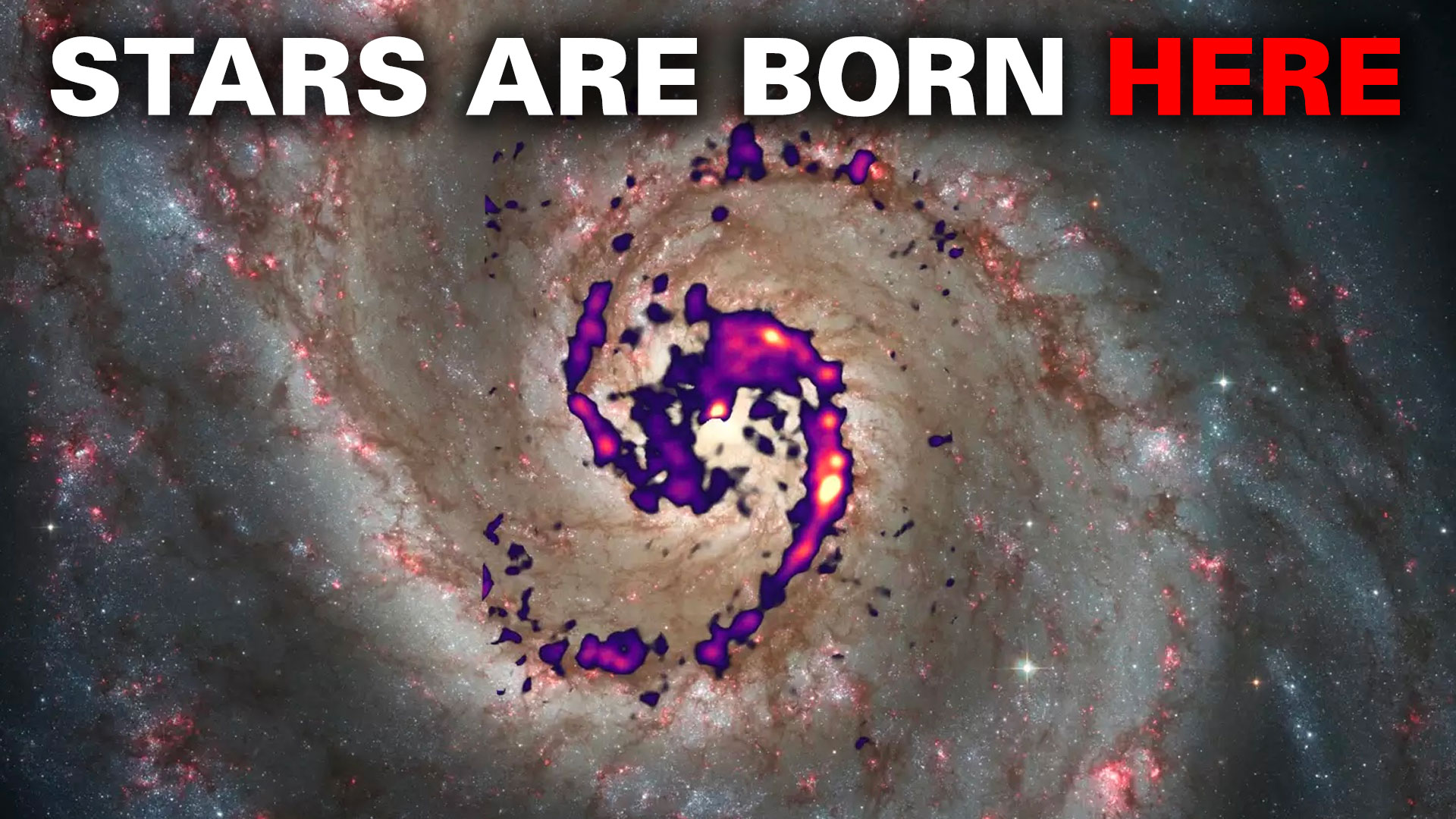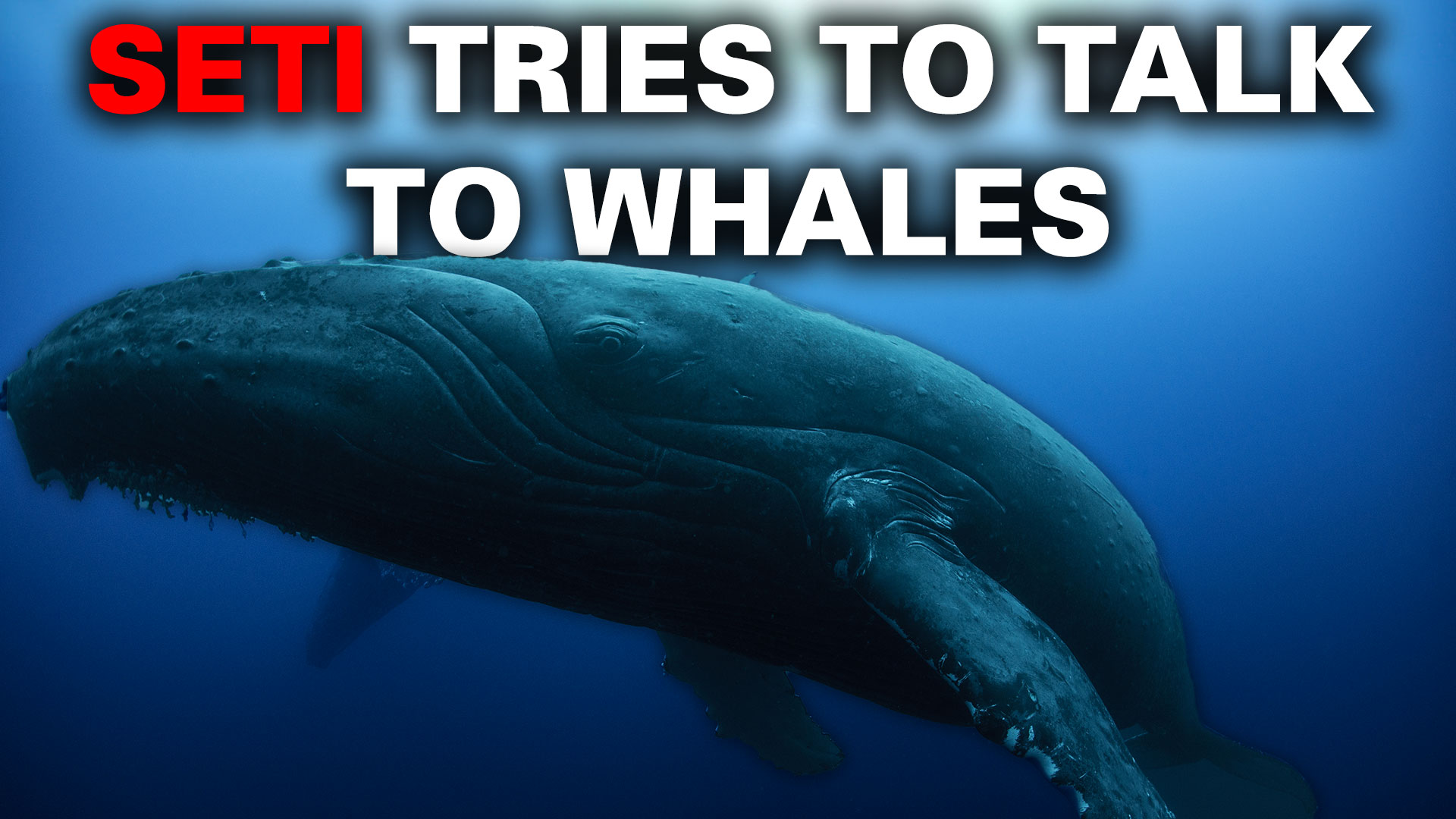There are many different ways to get to Mars, but there are always tradeoffs. Chemical propulsion, proven the most popular, can quickly get a spacecraft to the red planet. But they come at a high cost of bringing their fuel, thereby increasing the mission’s overall cost. Alternative propulsion technologies have been gaining traction in several deep space applications. Now, a team of scientists from Spain has preliminary studied what it would take to send a probe to Mars using entirely electric propulsion once it leaves Earth.
Continue reading “Solar Electric Propulsion Systems are Just What we Need for Efficient Trips to Mars”The First Launch of ULA’s Vulcan Goes Smoothly, but there’s a Problem with its Lander Payload
Space missions regularly test multiple new technologies in one go. It’s very common to have a single mission test out three or more new technologies, making them “flight-proven.” Unfortunately, that sometimes means that though one particular new technology, or even many of them, might succeed, one technology could work. At the same time, another one could fail, and that single failure might mean that several other technologies might never even get a chance for their day in the Sun. That seems to have happened with NASA’s first Commercial Lunar Payload Services (CLPS) mission. While the Vulcan rocket, developed by the United Launch Alliance (ULA), lifted off successfully, the Peregrine lander, developed by Astrobotic, seems to have run into an error that jeopardizes the rest of the mission.
Continue reading “The First Launch of ULA’s Vulcan Goes Smoothly, but there’s a Problem with its Lander Payload”Miniaturized Jumping Robots Could Study An Asteroid’s Gravity
Missions focusing on small bodies in the solar system have been coming thick and fast lately. OSIRIS-Rex, Psyche, and Rosetta are all examples of projects that planned or did rendezvous with a small body in the solar system. But one of their biggest challenges is understanding the gravity of these bodies – which was especially evident when Philae, Rosetta’s lander, had a hard time staying on the surface of its intended comet. A new idea from researchers at the University of Colorado Boulder and NASA’s Jet Propulsion Laboratory could help solve that problem – by bouncing small probes around.
Continue reading “Miniaturized Jumping Robots Could Study An Asteroid’s Gravity”Using Smart Materials To Deploy A Dark Age Explorer
One of the most significant constraints on the size of objects placed into orbit is the size of the fairing used to put them there. Large telescopes must be stuffed into a relatively small fairing housing and deployed to their full size, sometimes using complicated processes. But even with those processes, there is still an upper limit to how giant a telescope can be. That might be changing soon, with the advent of smart materials – particularly on a project funded by NASA’s Institute for Advanced Concepts (NIAC) that would allow for a kilometer-scale radio telescope in space.
Continue reading “Using Smart Materials To Deploy A Dark Age Explorer”Lost In Space? Just Use Relativity
One of the hardest things for many people to conceptualize when talking about how fast something is going is that they must ask, “Compared to what?” All motion only makes sense from a frame of reference, and many spacecraft traveling in the depths of the void lack any regular reference from which to understand how fast they’re going. There have been several different techniques to try to solve this problem, but one of the ones that have been in development the longest is StarNAV – a way to navigate in space using only the stars.
Continue reading “Lost In Space? Just Use Relativity”Astronomers Find the Birthplaces of Stars in the Whirlpool Galaxy
Understanding how star-forming works at a galactic scale is challenging in our Milky Way. While we have a general understanding of the layout of our galaxy, we can’t see all of the details head-on like we would want to if we were exploring a single galaxy for details of star formation. Luckily, we have a pretty good view of the entirety of one of the most famous galaxies in all of astronomy – M51, the Whirlpool Galaxy. Now, a team of researchers from the Max Planck Institute for Astronomy has completed a survey of molecules throughout the galaxy and developed a map of potential star-forming regions.
Continue reading “Astronomers Find the Birthplaces of Stars in the Whirlpool Galaxy”A New View of Uranus’ North Pole from JWST
One cool thing about Uranus is that its orientation, compared to the rest of the solar system, allows a unique perspective of the planet from our home planet. It is tilted at 98° compared to the rest of the ecliptic plane. So, when viewed from Earth, we can see its North Pole and its rings in some exceptional cases. That perspective is fully displayed in an image of Uranus recently released by the European Space Agency (ESA) and captured using the James Webb Space Telescope (JWST).
Continue reading “A New View of Uranus’ North Pole from JWST”Astronomers Find Two Planetary Systems Around Sun-Like Stars
NASA’s Transiting Exoplanet Survey Satellite (TESS) has been busy. Clocking in over 5000 exoplanet candidates, the researchers who manage the telescope’s data have enlisted an army of volunteer classifiers to sift through its data to confirm whether these planets exist. In a new paper in Astronomy & Astrophysics, some researchers from Brazil think they have found three planets that almost certainly do – and they happen to orbit stars that are very similar to our own Sun.
Continue reading “Astronomers Find Two Planetary Systems Around Sun-Like Stars”Astronomers Scan Hundreds of Stars for “Anomalous Transits”
Telescopes have been collecting copious amounts of data on exoplanets in recent years. One of the most common datasets tracks what are known as “transits,” where an exoplanet crosses in front of its host star and dims the star’s light slightly as it does so. The majority of exoplanets have been found this way, but other interesting details might be hidden in the data. For example, what would it mean if the transits happened in a way that disagreed with typical Newtonian physics? One answer to that question is that there might be an intelligent force behind the discrepancy – and that’s what a group of researchers at Breakthrough Listen began looking for in a paper recently published on arXiv.
Continue reading “Astronomers Scan Hundreds of Stars for “Anomalous Transits””Trying to Communicate with Whales is Like Talking to Extraterrestrials
Communicating between species isn’t something that only has to take place between space-faring civilizations. There are plenty of species here on our home planet that communicate using a variety of sights, sounds, and smells. We’re only starting to unlock the secrets of how to understand and respond to these types of foreign languages. Researchers at the SETI Institute think that doing so might be a good test for whether we’ll be able to communicate with extraterrestrials if we ever get the chance to.
Continue reading “Trying to Communicate with Whales is Like Talking to Extraterrestrials”









